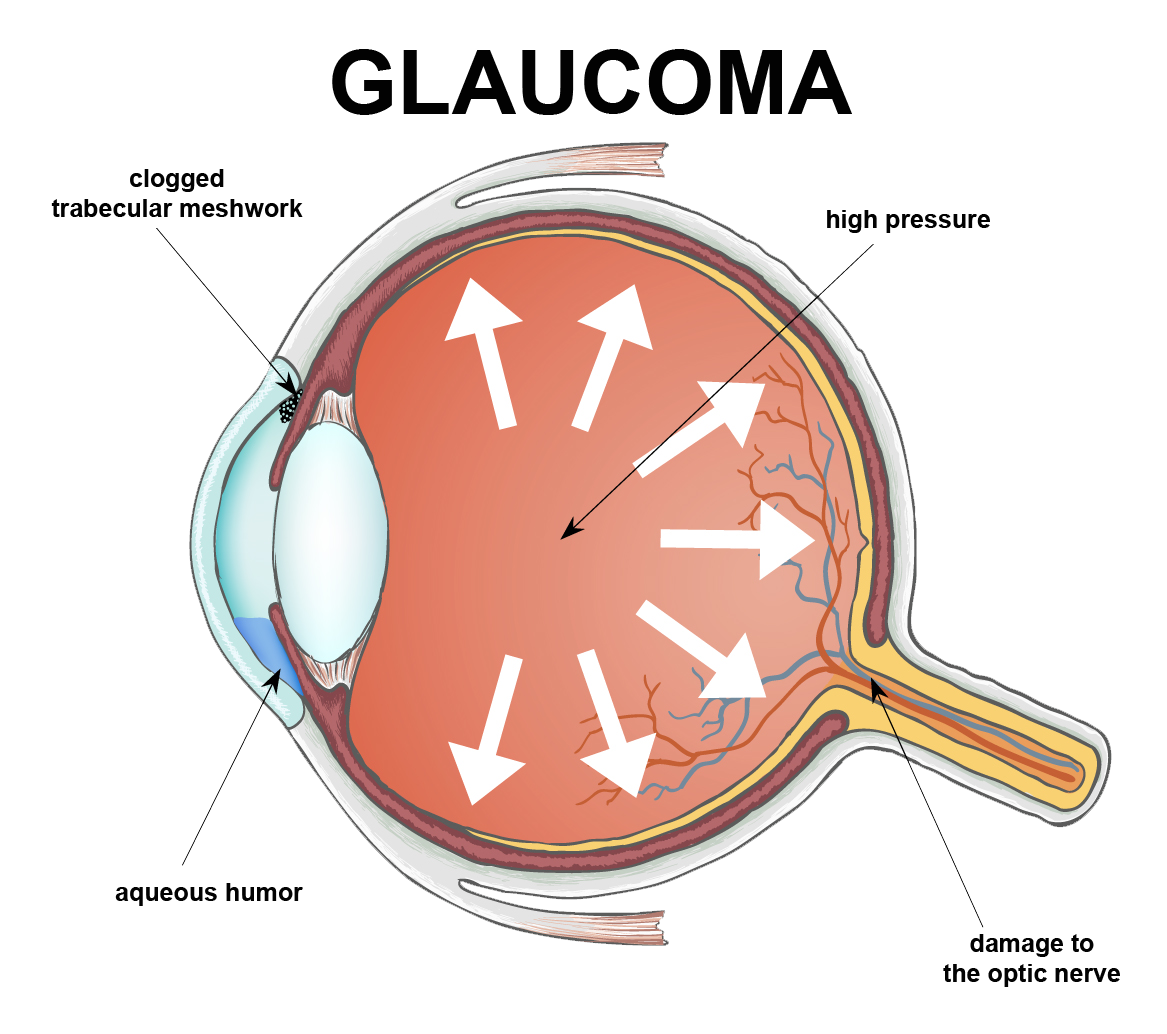
2020 has been quite a year, which makes getting a fresh start in 2021 feel super appealing. For some people, that might mean making a New Year’s resolution that helps them get the year started on the right foot. Although the traditional New Year’s resolutions usually last until the end of January, then you are back to your old habits again. Turns out, our brains are just not into making swift, sudden changes to our habits.
So instead of going for the typical diet, exercise, or financial overhaul-style resolution, why not try something a little different this year?
Here are 21 new New Year’s resolution ideas for 2021
- Try Something New Each Month – Who says your resolution has to be sticking to just one thing. As they say, “Variety is the spice of life.” Well, spice up your new year by setting a goal to try something new each month.
- Make monthly playlists – As you hear a song that impacts you or you find yourself listening to one repeat, add it to the playlist. The lists will be eclectic on their own, but by the end of the year, you will have an amazing collection of songs to pull from to create a yearly top songs playlist. You’ll enjoy the memories of looking back to each playlist and hearing the mood of each month of the year and all the new artists you discovered.
- Make Time for “Self-Care” – If you feel like you have tons of commitments that aren’t always for you, carve out some solid “me” time in the year ahead by trying a new hobby—or resurrecting an old one—such as cooking, making art, or reading a good book.
- Walk a Mile a Day – The thing about this New Year’s resolution is that you might already be doing it. This doesn’t mean go out for a specific walk or run for a mile or more each day, while that could be what you want to work towards. But to start, find a good pedometer, or a pedometer app for your phone (if it doesn’t already have one), and see if you can cumulatively walk a mile a day. For some of you, this is a breeze and you will need a little more of a challenge. Monitor your average mileage or steps over a week and make a challenge based on the results. For the rest of you, getting movement into your daily routine might be a little more foreign. Getting closer to your mileage goal is all about getting creative about how to get your steps in. Try parking at the back of the parking lot at the grocery store, or taking the stairs instead of the elevator. Take the long way to the break room for your water or coffee break. And then there’s always running in place or on a treadmill. Remember it all adds up and in no time you’ll be walking more than a mile a day.
- Stay in Touch – If there’s one thing 2020 has shown us, it’s that there is no excuse not to stay in touch with those we love. With so many ways to connect, from text, to email, to Zoom, to a good old-fashioned phone call, if we have to be apart, there are so many ways to get in touch. And another thing we’ve learned is how much a quick text from a friend or a short Facetime with a grandparent can go a long way toward helping us feel not so alone and fill us up with love. Go into this with a goal of connecting with 1-3 people per week. Remember that reaching out to your favorite people will brighten their day, even if they can get back to you right away. Ultimately, the last thing you want for any of your friendships is to look down at your phone and see that the last text you sent was a year ago!
- New Hobby – Learning something new is always good or even going back to something old that you haven’t done in a while. Try your hand at gardening. If you are worried about not having a green thumb, start with a small herb garden or a bed of perennials for your project. That doesn’t require much of a green thumb and is more about just keeping them watered. If you’re looking for something to keep your hands busy, try one of the many knitting or embroidery kits out there. That will help you to zone out. No one says you have to be a pro at the start, nor do you have to do it the hard way. Easing yourself into a hobby will help you stick with it and it may be an activity you will enjoy doing long term.
- Do Random Acts of Kindness – Is there a better feeling than to perform a random act of kindness for someone you love or someone in need? Remember the saying: you get more than you give.
- Read More Books – Reading is one of the best ways to grow as a person. If you’re not an avid reader, try setting a realistic target such as to read 1 book a month. Or, try listening to recorded books—you can subscribe to Audible which has many free recordings every month.
- Drink more water – It’s always good to drink more water. The daily recommended water intake is 8 glasses. I find that one of the best ways to drink more water is to keep a large bottle of water nearby at all times.
- Send handwritten letters – This year has shown us all that we want is to stay in touch, and sure, you could send a text or an email, but why not step it up a notch and send something to brighten someone’s mailbox! Start this goal simply by sending a few letters over a couple of months. Bonus: You can even make it a fun craft time with your kids!
- Remove negativity or anything that makes you feel lousy – Remove things like sad movies or news sources that just upset you.
- Pay it Forward – 2021 is a great time to do something nice for someone else. Maybe you’ll pay for someone’s coffee in the Starbucks drive-thru or buy a meal for a homeless person. If you receive good things, try to spread them, too.
- Sanitize your phone weekly or daily – We check our phones a million times a day, and if you’ve taken yours into the ladies’ room, you’re not the only one. But that means phones carry about 10 times as much bacteria as most toilet seats. Use disinfectant wipes, such as Lysol wipes, which kill 99.9% of viruses and bacteria. They don’t contain bleach, so they’re safe to use on smartphones and tablets.
- Declutter Your Space – A clean home is a happy home. Reduce anxiety and stress by tidying up and decluttering everything around you. Tackle the refrigerator, cabinets, messy drawers, desks, and closets. Toss everything you haven’t used in six months, donate what you don’t love or need, and get ready to celebrate the new year with new clarity and peace of mind.
- Manage Stress – Stress and anxiety can get left unnoticed for some time, and later manifest themselves in physical and emotional ways. Instead of waiting for them to rear their ugly heads, learn stress management and reduction techniques now. Some people meditate, others practice yoga, and many exercises to combat stress.
- Nurture True Friendships – Having many acquaintances is nice until you realize that a super-small portion of them will be there for you through thick and thin. Resolve to spend your precious energy on only those you care most deeply about—and those who reciprocate. True friendships are about quality, not quantity.
- Give to Your Community – Whether you give back once or repeatedly, taking time to volunteer, and donating to charity organizations empowers us and opens us up to new experiences and opportunities. Help research non-profits organizations that align with your interest and/or your spirit of giving.
- Monitor Social Media Use – Too much social media can be a bad thing—especially when you start comparing your real life to someone’s seemingly picture-perfect online life. Plan to take a step back this year, whether spending a day (or more) social media-free or simply reducing the number of times you check your apps in any one day.
- Stop Procrastinating – “Never put off until tomorrow what you can do today.”, a great quote by Mark Twain! Begin by taking a few minutes to make a list of the things you were going to do tomorrow—and yes, do at least one of those things today. Start imagining how you’ll feel if you actually tackled all the stuff you’ve been putting off.
- Practice Gratitude – Most successful people practice gratitude to feel healthier, happier, and more at peace with themselves—and they do so daily. Fostering gratitude means writing down a few things you’re thankful for and why. You could also begin your days by vocalizing what you’re grateful for or meditate about those things for which you are grateful. Cultivating this habit in the new year can even help you sleep better and be kinder to others.
- Spread Kindness – There’s actually scientific evidence that being kind makes you feel calmer, healthier, and happier—and it’s also contagious. Make the world a better place by resolving to do one kind thing or more for a stranger every day or month. To help make it a daily practice, download a free Kindness Calendar.


 Thanksgiving is almost here; a meal that nourishes the family bonds and traditions. It’s the one time of the year where you can guarantee your eyes will be bigger than your stomach.
Thanksgiving is almost here; a meal that nourishes the family bonds and traditions. It’s the one time of the year where you can guarantee your eyes will be bigger than your stomach.  Taking care of your health is critical and you may have concerns related to eye health as a result of the COVID-19 pandemic. The offices of Ophthalmologists and Optometrists are resuming the delivery of comprehensive eye and vision care and implementing new protocols to provide care in a safe and healthy environment.
Taking care of your health is critical and you may have concerns related to eye health as a result of the COVID-19 pandemic. The offices of Ophthalmologists and Optometrists are resuming the delivery of comprehensive eye and vision care and implementing new protocols to provide care in a safe and healthy environment.

 Tom Sullivan
Tom Sullivan National Glaucoma Awareness Month reminds all of us to get regular eye exams and show support for those suffering from this condition.
National Glaucoma Awareness Month reminds all of us to get regular eye exams and show support for those suffering from this condition. 



 Healthy Aging Month is an annual health observance designed to focus national attention on the positive aspects of growing older. Aging is a process that brings many changes. Vision loss and blindness, however, do not have to be one of them. There are several simple steps you can take to help keep your eyes healthy for the rest of your life.
Healthy Aging Month is an annual health observance designed to focus national attention on the positive aspects of growing older. Aging is a process that brings many changes. Vision loss and blindness, however, do not have to be one of them. There are several simple steps you can take to help keep your eyes healthy for the rest of your life.